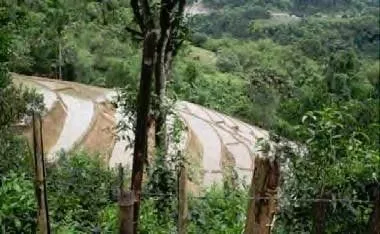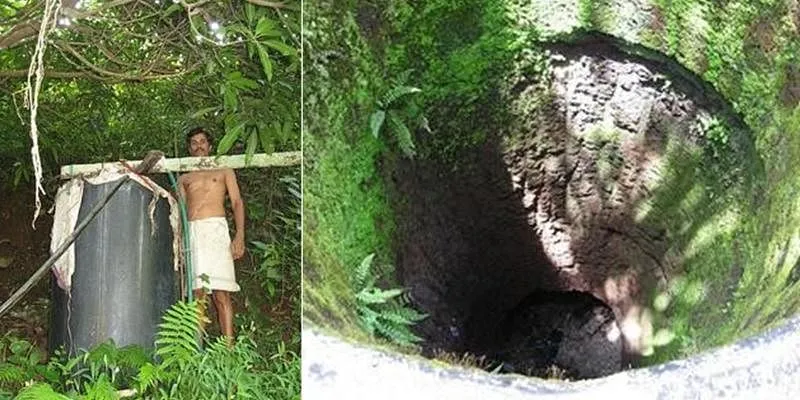[World Water Day] Here’s how indigenous tribes in India have been conserving water for centuries
On World Water Day, we look at how tribes across India developed techniques to conserve water to combat the dry arid months and water shortage.
According to a March 2021 report, more than 1.42 billion people, including 450 million children, are living in areas of high, or extremely high water vulnerability. Of these, 20 million children are in India. Several factors have contributed to the shortage of water. This includes rapid urbanization and the pollution of natural water bodies. Potable water is predicted to be one of the rarest natural resources in our lifetimes. Therefore, conserving water should be a priority. Traditional water conservation techniques have existed in India for centuries. Here are some of indigenous techniques from across the country.

Toorji ka jhalra a traditional step well in Jodhpur
Image: Facebook
Bawdi (Step wells)
Step-wells exist in many parts of India. Architecturally imposing, the majority were built in honour of kings and queens. These were square structures that had several design elements that showcased the architectural styles of their era. With a lifespan of about three decades, many were discarded and even used to dump waste. However, Many of these step wells in Rajasthan have been cleaned and electrified to supply water during dry spells.
Some of the most well-known step wells in the country can be found in Gujarat, Rajasthan and Karnataka.
Johads (Water pits)
Johads are among the oldest water conservation systems in the world. These water pits are used to recharge ground water. These are dug with a higher elevation on three sides. The soil that is removed is used to construct a wall to store the water that is collected during the monsoon. This water then seeps into the soil to recharge the groundwater and prevent the soil from drying. A network of johads can also be created to prevent structural damage. It requires annual de-silting and deweeding. Johads are still used in many parts of rural India.

An example of a zabo in Nagaland
Image: Facebook
Zabo
Found in Nagaland, this system of conservation is also called Ruza by the locals. This system combines water conservation and animal care. In the monsoon, water is collected in pond-like structures dug into hillsides. The water then passes through cattle yards carrying manure to the paddy fields. Fish are also reared in the paddy fields along with indigenous medicinal herbs.
Vridas
This is the name given to the method of conserving water practiced by the nomadic Maldhari tribes of the Rann Of Kutch. Shallow wells are dug in the sand to create a jheel (natural pool). Due to the salt content in the soil, rainwater that seeps in and collects over the salty groundwater owing to the difference in density wells. The tribesmen also planted vegetation around these pools to protect them.

Surangas are traditional water storage structures found in Kerala and karnataka
Surangam
Surangams are created in terrains where people cannot manage with surface water. Found in Karnataka and Kerala, it comprises a labyrinth of fine tunnels of horizontal wells dug in laterite rocks. Some surangams can be 300 metres deep. Water collects using gravitational force and airflow is created via vertical shafts. The water is also used to irrigate paddy fields and coconut groves
Edited by Anju Narayanan

![[World Water Day] Here’s how indigenous tribes in India have been conserving water for centuries](https://images.yourstory.com/cs/5/80396100-2d6d-11e9-aa97-9329348d4c3e/Feature_Image1560774628437.png?mode=crop&crop=faces&ar=2%3A1&format=auto&w=1920&q=75)




